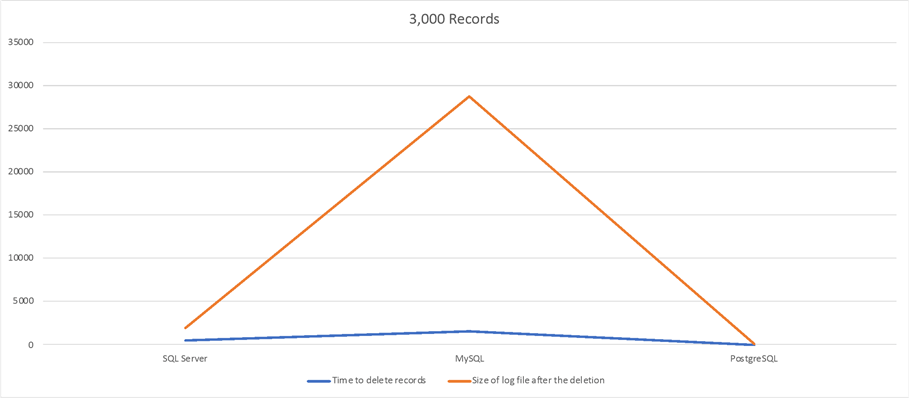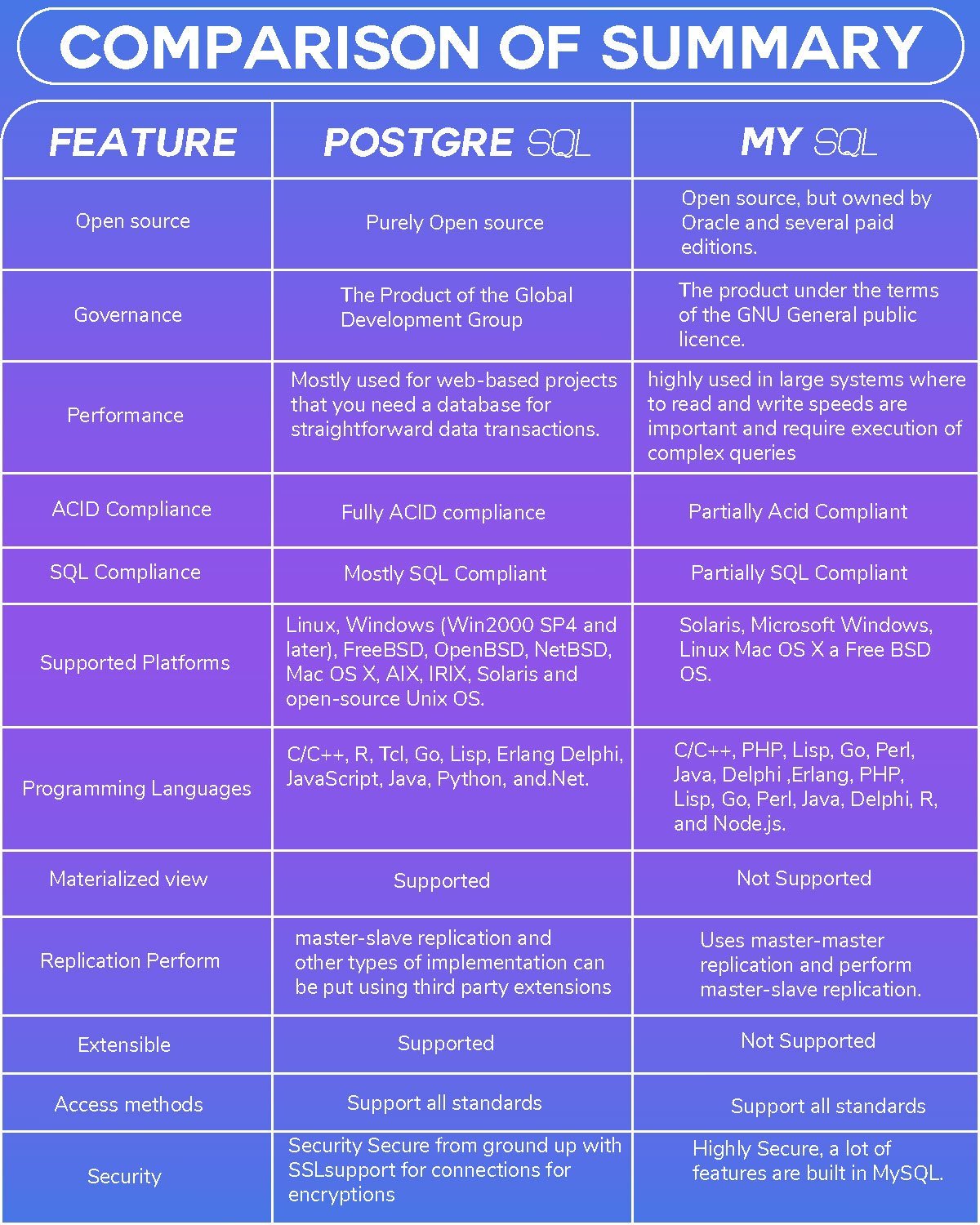

PostgreSQL, on the other hand, is an open-source object-relational DBMS and is considered the most advanced and powerful tool of its kind. Most websites and web applications can work easily on MySQL, as it is flexible and relatively scalable. MySQL is a robust yet affordable database management system. So let’s take a look at why some organizations choose either MySQL or PostgreSQL. PostgreSQL is used, for example, by Apple, Cisco, and Skype. However, a recent study indicates that PostgreSQL now has the lead and is ranked at #4 in terms of overall database popularity. MySQL was the most popular open-source RDBMS for several years, powering some of the world’s largest websites like Facebook, Twitter, and Netflix. In the competition to dominate the world of software, each tool has its advantages.

For this reason, the popularity of a tool can be a good measure of accessibility and the size of the open source community. When choosing which database management tool to use, organizations consider memory, reliability, and query response time, but they also consider compatibility issues and the level of support offered.


The two most popular open source RDBMSs are MySQL, developed by Oracle, and PostgreSQL. While there are non-SQL data models available, the relational data model remains the first choice for most organizations worldwide. RDBMSs use a table-oriented data model, in which the relation schema is defined by the name of the table and a set of attributes with fixed data types. Most database management tools use a relational database management system (RDBMS) to organize data, and most relational databases use structured query language (SQL) to process and query the data. Database management systems are sometimes conflated with databases, but in reality, they allow you to interact with a database and perform management tasks such as controlling access, writing data, and running queries. In addition PostGIS has over 300 functions available for data conversion into and out of the database, compared to SQL Server which has around 70-100.Every website and application needs a way to access and process data, and this means being able to manage your database. SQL Server requires you to use additional library and processing, or use ogr2ogr. This geoJSON result can then be passed directly to whatever can understand geoJSON. Well, PostGIS can easily return a geoJSON result directly from a database query using ST_AsGeoJSON().
Postgresql vs mysql performance 2019 full#
For example, Google Maps, and to a lesser degree Bing Maps, has recently added full geoJSON support to their maps API. PostGIS vs SQL Server Spatial is similar to the above regarding documentation, but PostGIS beats the pants off SQL Server Spatial in functionality. SQL Server does have quite a bit of documentation, but I find a lot of it hard to read, with not enough examples and tutorials. It's a investment in research that broadens your view and helps you realize you may have been missing something that you were unaware of before, or simply confirm your current course is the right now.Īs far as the database goes, I found Postgres to have a shorter, and more shallow, learning curve. If you find that you are stuck or lack functionality within that time period, then you know it's not for you.
Postgresql vs mysql performance 2019 install#
For example, maybe a 2 week time period to install and learn some specific functionality that is currently in use. And while I'm going to briefly detail my findings below, I'd suggest this: Give yourself a brief but reasonable time period to review the unfamiliar solution over the one you know, with specific goals in mind. I found Postgres to be superior in GIS functionality. I've worked with both Postgres and SQL Server.


 0 kommentar(er)
0 kommentar(er)
